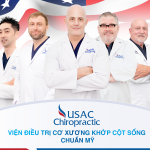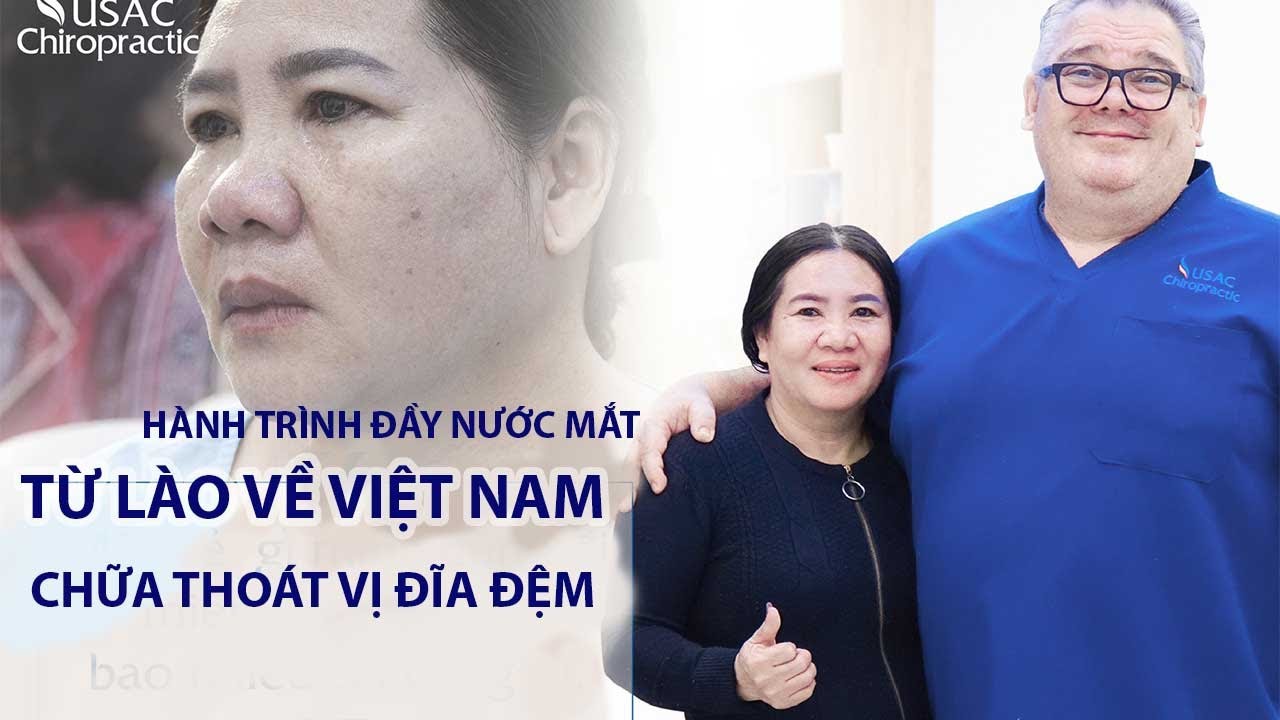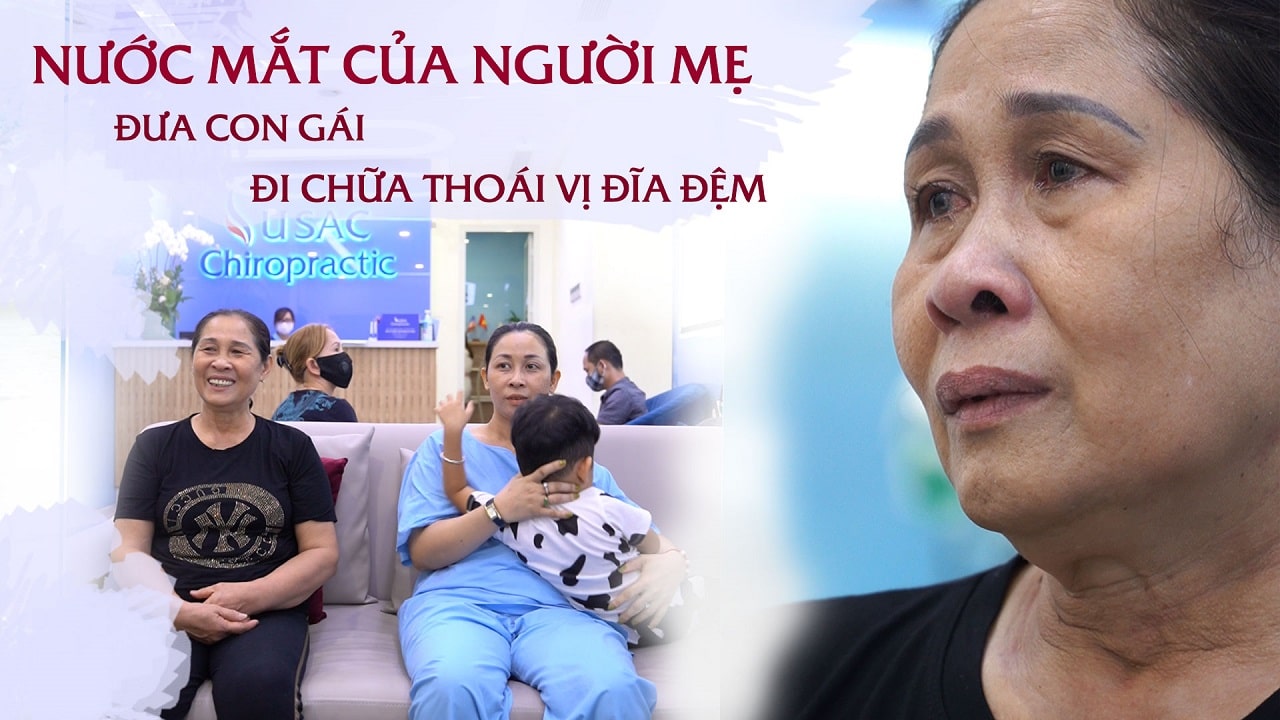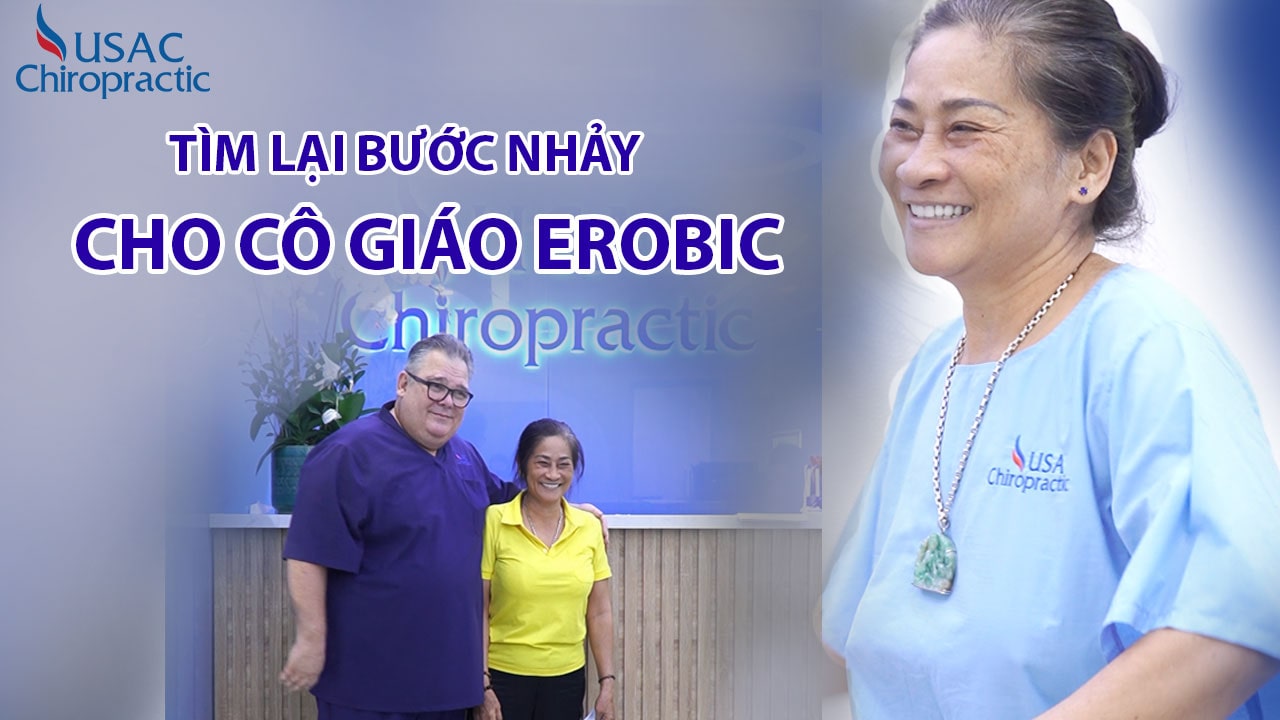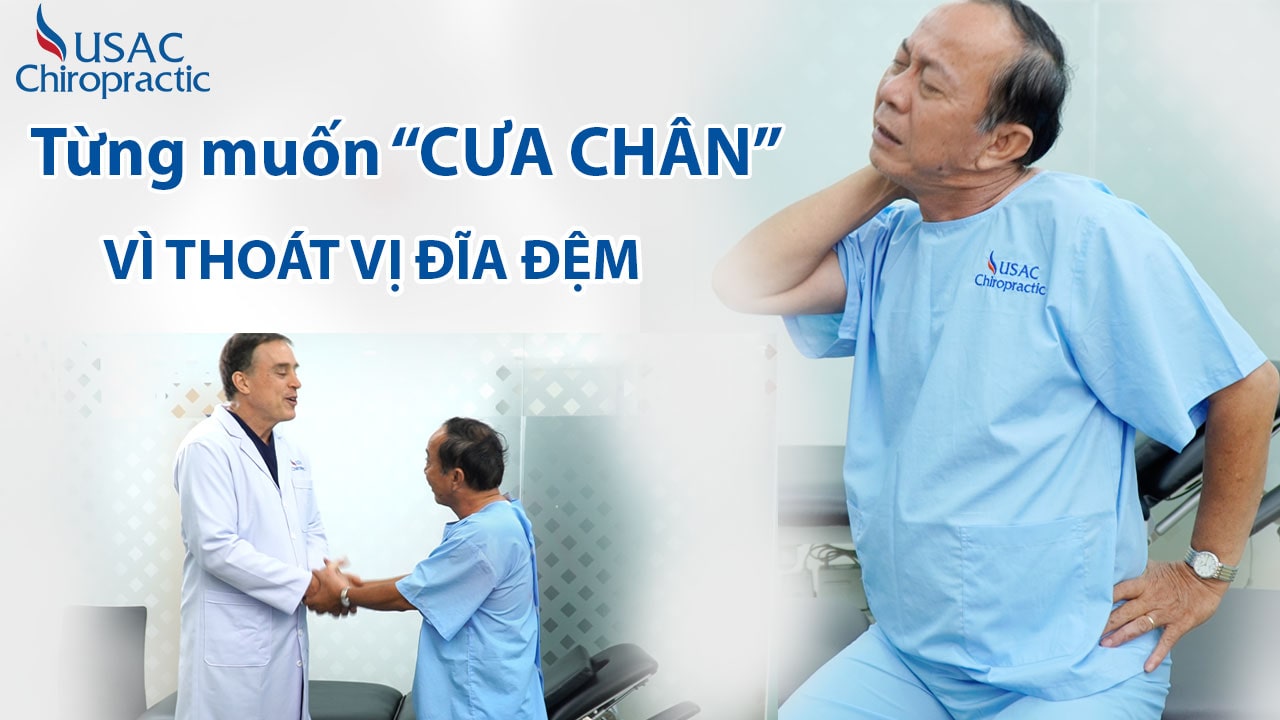Cervical disc herniation, also known as cervical disc displacement, is a condition where the fibrous ring of the intervertebral discs located between the cervical vertebrae weakens and tears, causing the nucleus pulposus (inner disc material) to protrude and compress the spinal cord or surrounding nerve roots. This condition often leads to pain and discomfort in the neck, shoulder, and upper back region.
Nội dung chính
WHAT IS CERVICAL DISC HERNIATION?
Cervical disc herniation is a condition where the fibrous ring of the intervertebral discs between the cervical vertebrae becomes weakened and torn, causing the nucleus pulposus (disc nucleus) to protrude and compress the spinal cord or surrounding nerves, resulting in bone and joint pain for the patient.
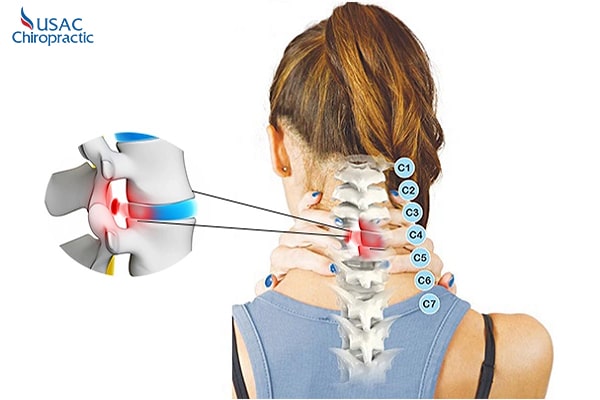
Cervical disc herniation is common in cervical vertebrae from C3 to C6 .
Although cervical disc herniation at the C5-C6 level is the most common, any cervical vertebra can be affected.
CAUSES
Cervical disc herniation can occur due to various factors, but the leading causes usually include:
– Age: When young, the intervertebral discs contain significant water. However, as the body ages, these discs lose water content, making them less flexible. Discs become more prone to herniation due to wear and tear over time. Therefore, the discs are more likely to tear or herniate when you move or twist your neck.
– Incorrect posture: Incorrect posture and improper movement can exert additional pressure on the cervical spine.

Working in the wrong position for a long time is one of the common causes of cervical disc herniation
– Genetics: If individuals in the family have a cervical disc herniation, the likelihood of developing the condition is higher.
– Unhealthy lifestyle: Smoking, lack of regular exercise, or poor nutrition can gradually weaken intervertebral discs.
DANGEROUS COMPLICATIONS OF CERVICAL DISC HERNIATION
Cervical disc herniation is becoming increasingly prevalent. Therefore, many patients have a subjective mindset, avoid early treatment, and miss the golden intervention stage. In such cases, patients may face dangerous complications:
– Cervical Spinal Stenosis: This complication occurs when cervical disc herniation compresses the spinal canal, causing severe vertebral pain, shoulder pain, arm pain, and sometimes muscle weakness.
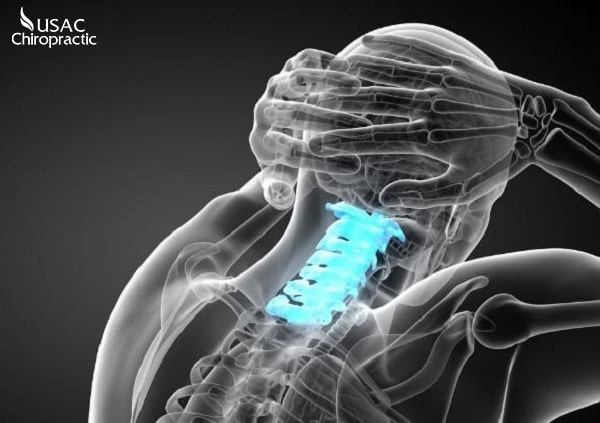
Hội chứng hẹp ống sống cổ biểu hiện qua những cơn đau nhức vùng cổ nặng nề
– Spinal Cord Compression Syndrome: Individuals with cervical disc herniation are at high risk of developing spinal cord compression syndrome. If not treated promptly, patients may experience permanent disability or even death.
– Cerebral Ischemia: Cervical disc herniation can impede blood circulation to the brain, leading to cerebral ischemia.
– Autonomic Nervous System Disorders: Symptoms include dizziness, tinnitus, imbalance, low blood pressure, increased bowel movement, episodic chest pain, and compression of the esophagus which causes swallowing difficulties.
– Radiating Pain: The pain radiates along the spine, down the back, buttocks, thighs, and calves, causing weakness and decreased mobility.
– Lifelong disability: If the spinal cord is continuously compressed by the herniated disc, symptoms such as pain, numbness, tingling, or muscle weakness may gradually worsen, potentially leading to permanent paralysis.

If not detected and treated promptly, the patient is at risk of limb weakness leading to paralysis
SYMPTOMS OF CERVICAL DISC HERNIATION
Clinical Signs:
– Widespread pain: The pain originates from one or two cervical vertebrae, spreading to the shoulder, arm, or even behind the head and eye sockets.
– Tingling and numbness: Tingling sensations originate from the neck and spread throughout the body, extending to the arms and legs.
– Limited range of motion: Movements of the neck and arms are restricted, making it difficult to reach behind the back, raise the arms, tilt the head back, rotate the neck, or walk.
– Muscle weakness: Weakness occurs when the herniated disc compresses the spinal cord. Leg muscles become weak before arm muscles, causing unsteady gait and unbalanced posture. As muscle weakness increases, the patient may experience trembling in the thigh and calf muscles during exertion.
– Other signs: Mild complications of the disease include one-sided chest pain, constipation, difficulty urinating, and breathing difficulties.
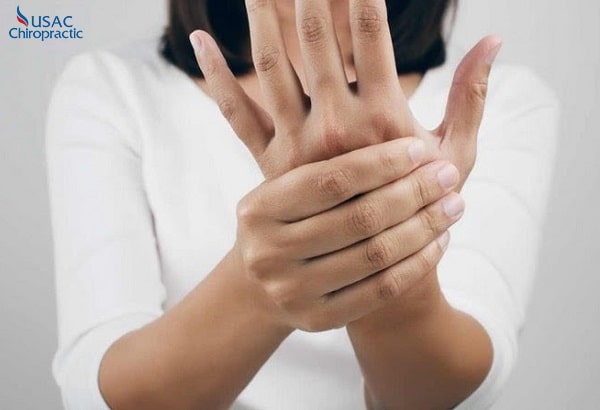
Complications of hand numbness caused by cervical disc herniation
SYMPTOMS OF PARACLINICAL CERVICAL DISC HERNIATION
These signs can only be identified through magnetic resonance imaging (MRI) scans:
– Anterior or posterior disc herniation
– Abnormal disc nucleus position
– Decreased vertebral height and altered vertebral structure
– Signs of compressed nerve roots or spinal cord
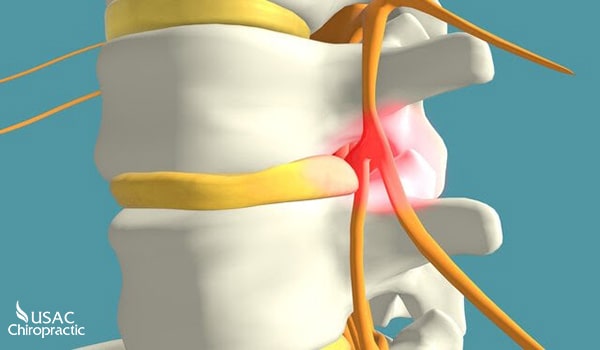
Nhân đĩa đệm thoát ra chèn ép rễ thần kinh
Progressive Signs: Three progressive stages indicate increasing severity and frequency of the disease:
Stage 1: Initially, patients experience stiffness in the cervical vertebrae, difficulty rotating the neck, and mild discomfort when bending forward. The pain gradually radiates to the neck, worsening with heavy activity over time.
Stage 2: The cause of cervical disc herniation is not clearly defined. The pain extends from the neck to the back of the head and ears. Neck movements may become restricted and painful, sometimes resulting in a twisted neck.
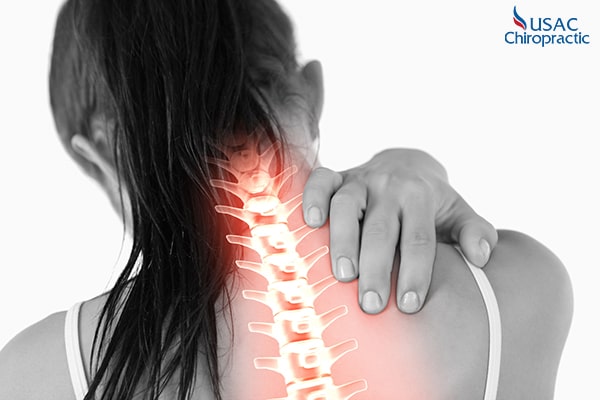
Đau cổ vai gáy thường xuất hiện ở bệnh nhân bị thoát vị đĩa đệm nặng
Stage 3: Headaches occur in the occipital and frontal regions, with pain radiating from the neck to the shoulder. One or both arms may experience pain, numbness, and loss of fine motor skills. Occasionally, patients may experience sudden jerks, watery eyes, and dizziness during movement.
Treatment regimen FOR CERVICAL DISC HERNIATION FROM THE USA
To treat the root cause, rapidly reduce symptoms, and maintain long-term effectiveness, Dr. Gabriel Lucas (USAC Chiropractic, a leading chiropractic treatment institute in the United States) recommends a treatment protocol consisting of the four most advanced therapeutic technologies available today:
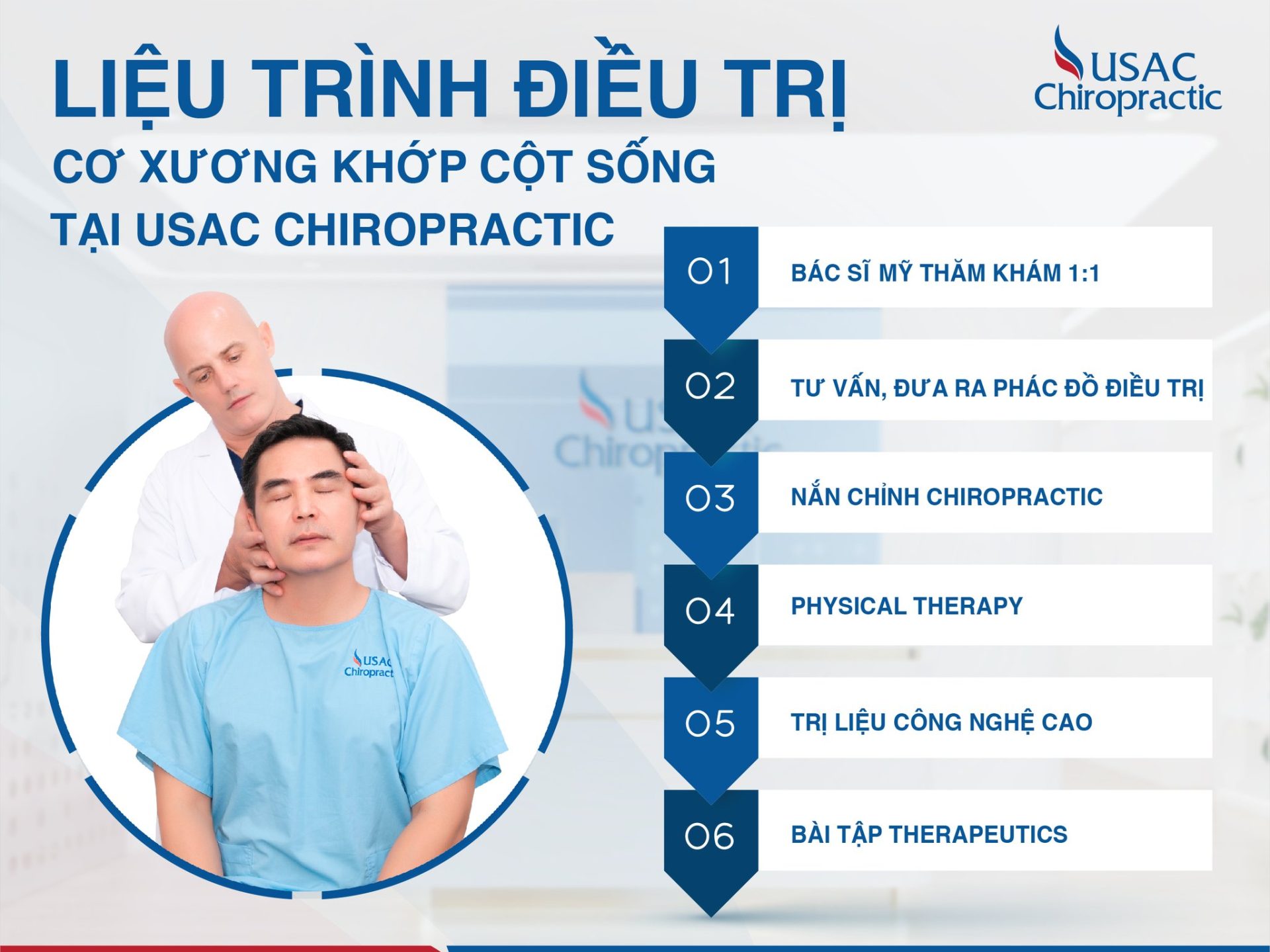
Treatment course at USAC Chiropractic
– Chiropractic Adjustments: Precise chiropractic adjustments realign the misaligned vertebrae to their normal position, reducing nerve root compression and immediately alleviating pain. Simultaneously, the damaged intervertebral discs and vertebrae are restored.
– American Standard Physical Therapy: Provides specialized muscle treatment to improve muscle strength and restore mobility.
– FDA-Approved ISO Standard CNC Therapy: Accelerates the recovery process three times faster.
– Therapeutics Exercises: Promotes faster functional recovery and prevents disease relapse.












